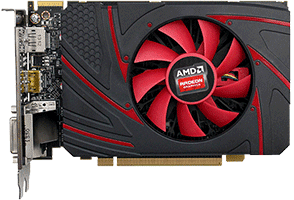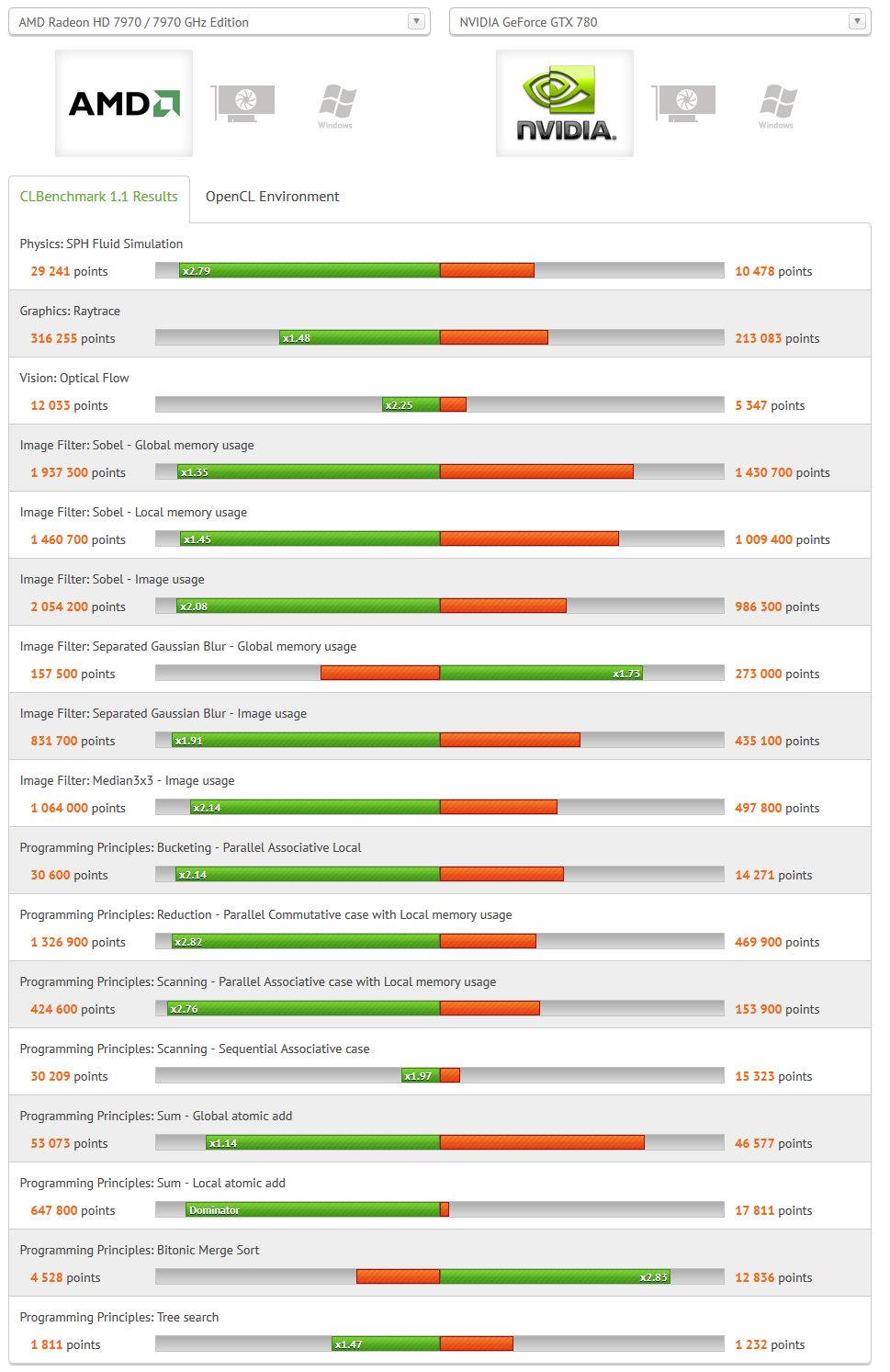

This is with the Sapphire Nitro+, so the clocks are slightly higher than the reference card, but the performance is pretty similar (actually, the reference card was perhaps slightly faster at mining for some reason - only like 0.3MH/s, but still.)

Here are three screenshots, showing 40%, 50%, and 65% Max Frequency settings (but with advanced control ticked on so you can see the MHz values). With the slider at 40% (which gives a MHz number of something like 1048MHz), I got nearly the same mining performance as with the slider at 65% (1702MHz). I've done a bit more investigating, now that I'm more awake (it was a late night, again - typical GPU launch). Hint - toggle the "condescending tone" slider to OFF.īut I did make an error: I was looking at the memory clock, not the GPU clock, when I thought the GPU was still running at 2.13GHz.
#NVIDIA 750 TI VS ATI RADEON HD 6700 DRIVERS#
That tiny chainsaw whacked off a few too many CUs.And if you knew how AMD's drivers and tuning section work, you'd understand that toggling that "advanced control" slider just changes the percentage into a MHz number.
#NVIDIA 750 TI VS ATI RADEON HD 6700 HOW TO#
Sooo, you don't actually know how to detune the CPU, or? Hint - toggle that "advanced control" slider to ON. But higher clocks come with performance benefits, and AMD apparently felt sacrificing some efficiency to boost performance was the better course. Had AMD kept clock speeds closer to 2.25GHz, it probably could have shaved off a decent amount of power - certainly less than 200W is possible. It has the same amount of memory and a similar die size (slightly larger for AMD due to the Infinity Cache). Navi 22 actually looks very similar to Nvidia's GA106 used in the recent RTX 3060 12GB. However, it's slightly more than Nvidia's competing RTX 3060 Ti and 3070 GPUs. That's not bad, and it's certainly within reach of most modern gaming PCs as it only requires a decent 500W PSU (AMD recommends 650W or higher). Considering the smaller die and reduced VRAM, normally we'd expect a pretty significant drop in power requirements compared to the RX 6800, but AMD lists a TBP (Typical Board Power, meaning it includes all power and not just the GPU) of 230W. To push clocks into the 2.5GHz range, AMD had to increase the power limits. The RX 6700 XT's clock speed represents a bit of an interesting compromise. AMD compensates for the hefty reduction in core counts by delivering the highest official GPU clocks so far, with a Game Clock rated at 2424MHz - and like other RDNA2 chips, it can and often will exceed that in gaming workloads, with a maximum boost clock of 2581MHz (it's actually a bit higher than that according to AMD's drivers, but that's what AMD lists on the official spec sheet). Similarly, there are now six 32-bit memory interfaces instead of 8 interfaces, which reduces bandwidth by 25%. The Infinity Cache checks in at 96MB now, 25% smaller than on Big Navi. That's the biggest change, but there are others. AMD made some serious cuts with Navi 22 compared to Navi 21, with half the potential CUs and shader cores.


 0 kommentar(er)
0 kommentar(er)
